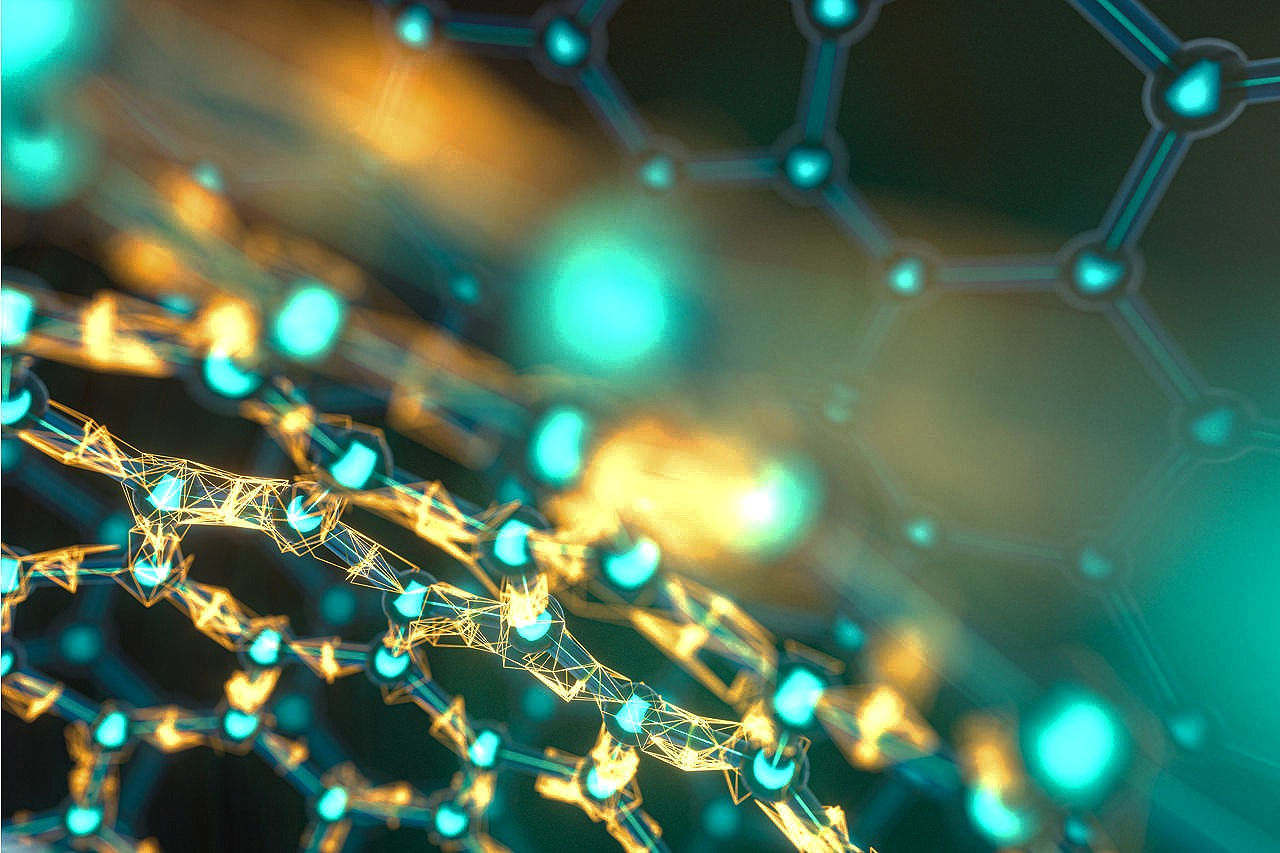
BIOLOGICAL COMPUTATION AND BIOSENSORS
Biological Computation:
A biological computer refers to an engineered biological system capable of performing computer-like operations. This involves using biologically derived molecules (such as DNA, or proteins) and pathways to perform computations. It is a dominant prototype in synthetic biology.
Tom Knight, of the MIT Artificial Intelligence Laboratory, first suggested a biochemical computing scheme in which protein concentrations are used as binary signals that ultimately perform logical operations. At or above a certain concentration of a particular product in a biocomputer pathway indicates a signal of either a 1 or a 0. A concentration below the level indicates the other. Another method developed by scientists was to prevent RNA from binding to ribosomes (no protein translation = ‘OFF’ signal) until a trigger activated it (protein production = ‘ON’ signal).
A timeline of important events in this field:
-
2007 - Research in human cells that demonstrated a universal logic evaluator that operates in mammalian cells.
-
2011 - Researchers utilized this paradigm to demonstrate a proof-of-concept therapy that uses biological digital computation to detect and kill human cancer cells.
-
2016 - Another group of researchers demonstrated that principles of computer engineering can be used to automate digital circuit design in bacterial cells.
-
2017 - Researchers demonstrated the 'Boolean logic and arithmetic through DNA excision' (BLADE) system to engineer digital computation in human cells.
-
2019 - Researchers implemented a perceptron in biological systems opening the way for machine learning in these systems.
There exist a couple of types of biocomputers:
1. Biochemical computers – these use the vast variety of feedback loops of biochemical reactions in order to achieve computational functionality. Many different factors can provide positive and/or negative feedback to a specific process, causing either an increase or decrease in chemical output respectively.
The presence of the particular product of a pathway would serve as a signal, which would then be interpreted along with other chemical signals as a computational output. The starting chemical conditions of the system would serve as the input.
2. Biomechanical computers – the mechanical shape of a specific biomolecule or set of biomolecules under the same set of initial conditions serves as the output. Biomechanical computers utilise the nature of specific molecules to adopt certain physical configurations under certain chemical conditions. The mechanical, three-dimensional structure of the product of the biomechanical computer is detected and interpreted appropriately as a calculated output.
3. Bioelectronic computers – the measured output is the nature of the electrical conductivity that is observed in the biocomputer. This output comprises of specifically designed biomolecules that conduct electricity in highly specific ways, based upon the initial conditions that serve as the input of the bioelectronic system.
4. Network-based biocomputers – self-propelled biological agents, such as molecular motor proteins or bacteria, explore a microscopic network that encodes a mathematical problem of interest. The paths taken by the agents through the network and/or their final positions represent potential solutions to the problem. These are engineered by nanofabrication of the hardware from wafers where the channels are etched by electron-beam lithography or nano-imprint lithography.
The economic benefit of biocomputers lies in the potential of all biologically derived systems to self-replicate and self-assemble given appropriate conditions. For instance, all of the necessary proteins for a certain biocomputer could be synthesized many times over inside a biological cell from a single DNA molecule. This DNA molecule could also be replicated many times over.
This characteristic of biomolecules could make their production highly efficient and relatively inexpensive. Biocomputers can be produced in large quantities from cultures without any additional machinery needed to assemble them, whereas electronic computers require manual production.